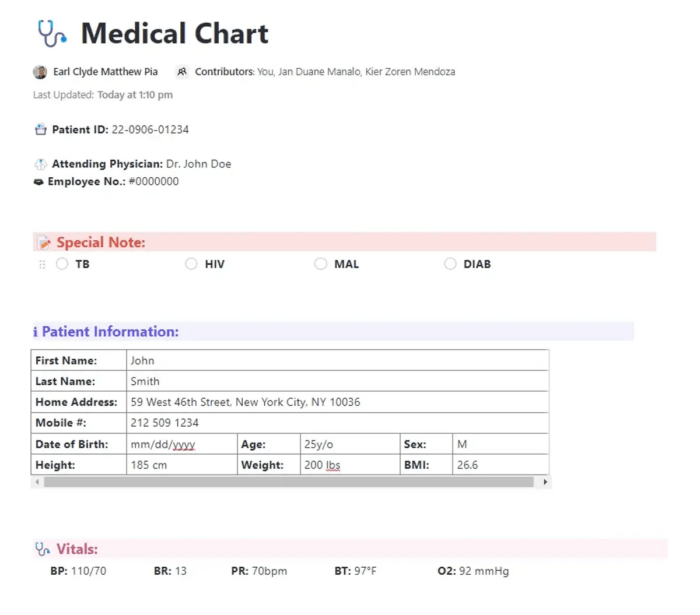A COUPLE from Rochester, New York, has found themselves drowning in $127,000 worth of credit card debt.
Financial experts on The Ramsey Show clarified that their irregular income was not the issue, but rather their poor spending habits.
2

2
Sarah, a guest on the investing podcast, outlined the financial challenges that she and her husband were facing in an episode last week.
She explained that her husband was a blue collar worker on a commission-based pay scale, resulting in an inconsistent income.
He brought in $161,000 last year, $140,000 in 2023, and $180,000 the year prior.
Sarah detailed that while the couple had a solid income, they struggled with high expenses.
They had a $4,120 monthly mortgage as well as a debt consolidation loan and health insurance costs.
She admitted that she and her husband had racked up $127,000 in credit card debt.
“Goodness gracious, what did you guys spend on these cards?” asked George Kamel, one of The Ramsey Show hosts.
Sarah explained that she had used her credit card to buy her husband’s $18,000 motorcycle because they wanted the points, and that they used their credit cards to charge other bills.
She noted that her husband had $72,000 in debt while she had $34,000, not including the motorcycle.
George questioned where the couple’s income was going each month if they were using their credit cards to “fund their life.”
Sarah responded that the money “disappears,” going towards their $9,600 payments each month, which included the mortgage.
She explained that her husband had an average monthly take home pay of $13,000.
“That’s the average though – that’s the problem,” said Sarah. “Some months we’ll have fantastic months and some months we don’t.”
The Ramsey Show co-host Ken Coleman emphasized that Sarah was not addressing the true problem here.
“What’s going on here is not the irregular income,” said Ken, noting that the real issue was that the couple was overspending.
“You’re not living within the means, whether its regular or irregular – that’s the problem,” he said.
“What happened is that you put all this stuff that you couldn’t afford on credit and you got yourself in so much debt that the irregular income makes it even more stressful.”
What’s going on here is not the irregular income. What happened is that you put all this stuff that you couldn’t afford on credit and you got yourself in so much debt that the irregular income makes it even more stressful.”
Ken Coleman
SAVVY SOLUTIONS
The podcast hosts offered Sarah some practical solutions to address her and her husband’s overspending behavior.
George first established that the couple needed to sell the motorcycle immediately, which added an extra $360 each month to their bills.
“Why is it not sold yesterday?” asked the financial expert.
Sarah admitted that she was hesitant to ask her husband to sell his motorcycle because he loved it and she wanted to make him happy.
However, George and Ken argued that it was hard to be genuinely happy when under the constant stress of being in debt.
“Don’t you think the stress of having to work this hard and pay off all this debt is not worth the joy of the motorcycle that we can go buy once were debt free?” asked George.
Beyond selling the motorcycle, he advised Sarah and her husband to cut up their credit cards.
He explained that they cannot go into further credit card debt if they don’t have a credit card to use.
Cutting them up, according to George, would provide “instant relief” that would not come from a debt repayment company, another consolidation loan, or adding more debt.
He also suggested that the couple freeze their credit completely, close all of their credit card accounts, and begin the debt snowball method.
Additionally, Sarah and her husband were advised to sell everything they could in sight while also working twice as much as they were.
In response, Sarah questioned if there was a way to negotiate with their creditors to help ease their high interest rate.
“I don’t want to run away from this debt,” she said.
Dave Ramsey’s 7 Baby Steps
Dave Ramsey advises his followers to follow a seven-step plan to save for emergencies, pay off debt, and build wealth.
Step 1: Save $1,000 for your starter emergency fund.
Step 2: Pay off all debt (except the house) using the debt snowball.
Step 3: Save three to six months of expenses in a fully funded emergency fund.
Step 4: Invest 15% of your household income in retirement.
Step 5: Save for your children’s college fund.
Step 6: Pay off your home early.
Step 7: Build wealth and give.
Ken noted that while it was worth a shot, speaking with the creditors was a secondary course of action and Sarah needed to take the steps that George had outlined.
“We need to make some sacrifices here and you’re looking for solutions that are shortcuts that don’t involve us having to change our lifestyle,” said George.
“It’s been out of control for so long that you guys don’t know another life,” he said, encouraging Sarah to talk with her husband about their finances that night.
Sarah admitted that her husband was on board with tackling their financial struggles, but that she was hesitant to take the first step because she equated his happiness with his motorcycle.
“Happiness is not in stuff,” said George. “You can find happiness in financial peace because of a lack of stress, but it’s not going to come from riding that motorcycle while you’re in crippling debt.”
Others have similarly found themselves in tough financial situations.
For example, one mother was “living a nightmare” after handing over $400,000 to an online scheme – the FBI and local police were “zero help.”
Plus, a 19-year-old racked up $115,000 in debt and can’t work for another year – but an expert said their “story” will help them out of the mess.










